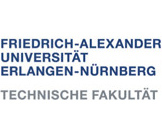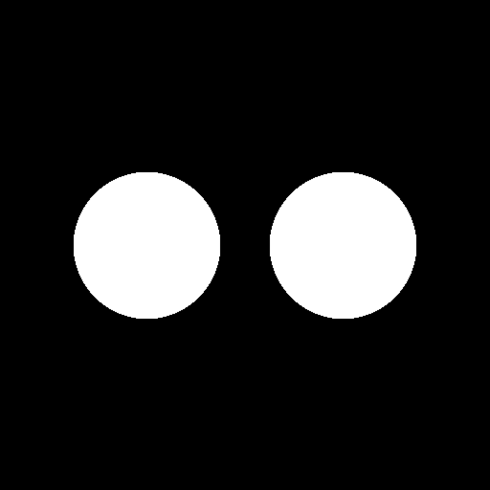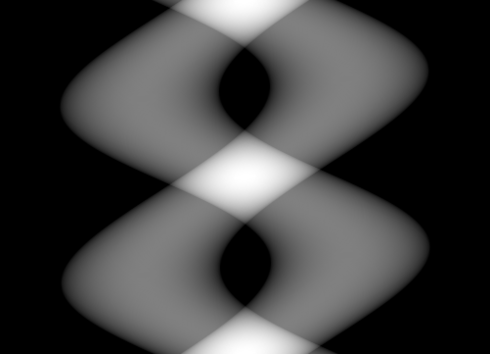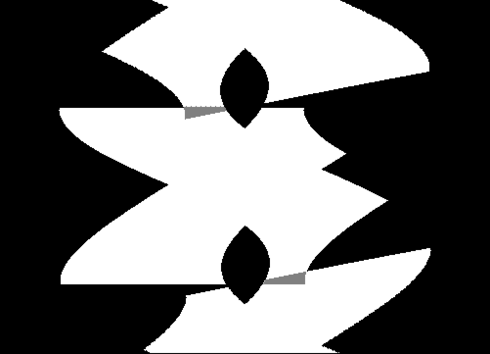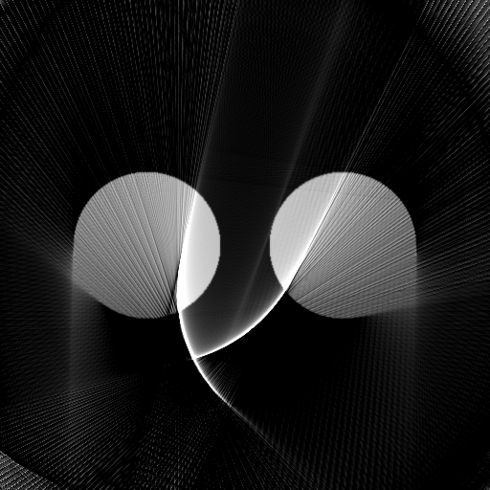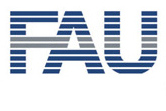

Minimal Scan
Minimal Scan Ranges for Non-Circular Objects
The minimal scan range for circlular objects in fan-beam geometry is well known. Parker demonstrated a nice and efficient method to reconstruct such a short scan. Furthermore, a offset detector is able to double the FOV. However, this comes at the restriction that the scan range has to be increased to 360 degrees.
In this tutorial, we investigated the minimal scan range for non-circular objects. Here we only present a short example. The full research is found the ![]() CT Meeting Paper by Herbst et. al.
CT Meeting Paper by Herbst et. al.
The respective sources are found in package edu.stanford.rsl.tutorial.noncircularfov.
